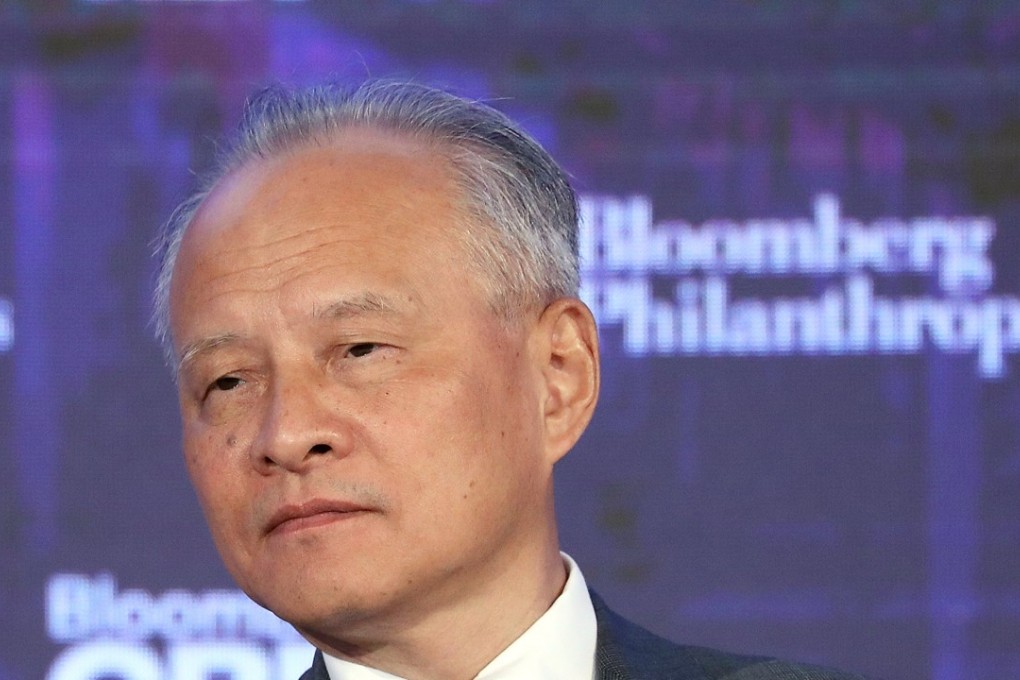Trump’s China visit will help avoid ‘trade war, currency war or whatever war’ Chinese ambassador says
US president’s visit may pave the way for more American investment in China’s massive infrastructure plan, ambassador Cui Tiankai says

US President Donald Trump’s upcoming visit to China will help to settle trade and other disputes between the two countries and may pave the way for more American investment in a massive regional infrastructure initiative, China’s ambassador to the US Cui Tiankai said.
“The two sides will reach agreement on some of the issues we’re dealing with and the prospects for mutual trade and mutual benefit will be better,” Cui said at the Bloomberg Global Business Forum in New York.
“We don’t want to have any war – trade war, currency war or whatever war – with anybody, certainly not with the United States,” Cui added.

Cui’s comments follow a rise in US-China tension on the trade and investment front.
Last month, US Trade Representative Robert Lighthizer launched an investigation into alleged intellectual property violations by China under a law allowing the president to unilaterally impose tariffs and other restrictions to protect US industries from unfair trade practices conducted by other countries.